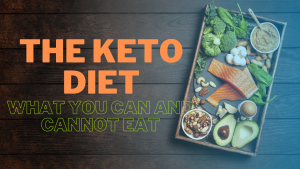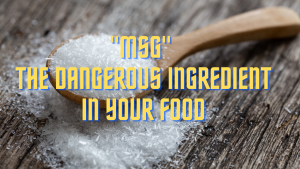How to Add Fiber to Your Diet for Optimal Digestion and Health
Like most people, you probably don’t get enough fiber in your diet. This can lead to health problems, including constipation and other digestion issues. The good news is that adding more fiber to your diet is easy! In this blog post, we will discuss the benefits of fiber and give you some tips on how to add more of it to your meals. So what are you waiting for? Start reading now and start feeling better!
What is fiber?

Fiber is a type of carbohydrate that the body cannot digest. Despite this, it is an important part of a healthy diet as it aids in digestion and prevents constipation. Fiber can be found in a variety of plant-based foods such as fruits, vegetables, legumes, and whole grains. It is also sometimes added to processed foods such as cereal and bread. The recommended intake of fiber varies depending on age and gender, but most adults should aim for around 25 grams per day.
Why do we need fiber in our diet?
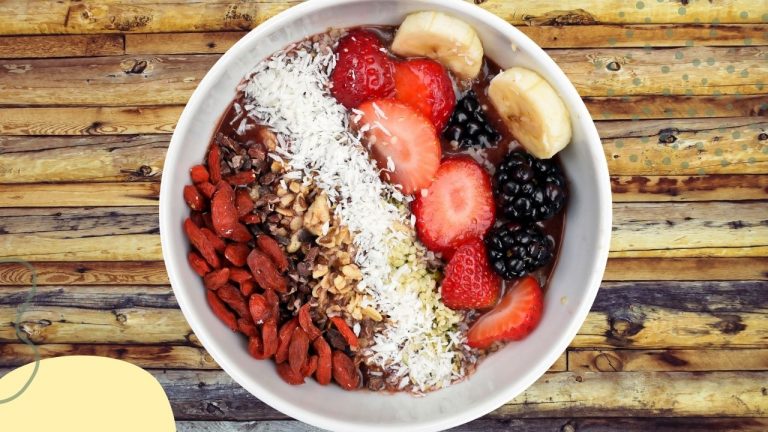
Fiber is an important part of any diet, but many people don’t get enough of it. There are two main types of fiber: soluble and insoluble. Soluble fiber dissolves in water and is found in foods like oatmeal and beans. It helps to regulate cholesterol levels and can also reduce the risk of heart disease. Insoluble fiber doesn’t dissolve in water and is found in foods like wheat bran and vegetables. It helps to add bulk to the stool and prevents constipation. Most people need both types of fiber in their diet, and the best way to get it is by eating a variety of high-fiber foods. Whole grains, fruits, and vegetables are all good sources of fiber, so aim to include them in your diet every day.
How much fiber do we need each day?
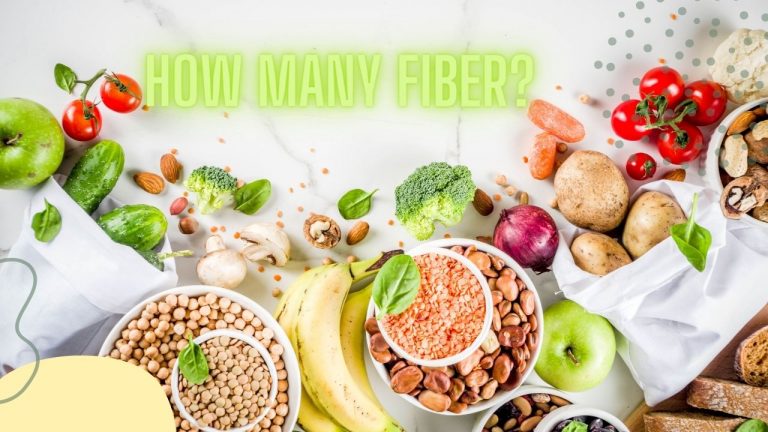
Most people know that they should be eating more fiber, but they might not be sure how much they actually need. The answer depends on a few factors, including age and activity level. For adults aged 19-50, the recommended daily intake is 38 grams for men and 25 grams for women. For adults over 50, the recommendations are slightly lower, at 30 grams for men and 21 grams for women. Active adults may need even more fiber than these recommendations suggest. Fiber is an important part of a healthy diet, as it helps to regulate digestion and prevent constipation. It can also help to lower cholesterol levels and control blood sugar levels. When adding fiber to your diet, it’s important to do so gradually to avoid digestive discomfort. And be sure to drink plenty of water, as fiber absorbs water and can cause dehydration if you don’t consume enough fluids.
How to add more fiber to your diet?
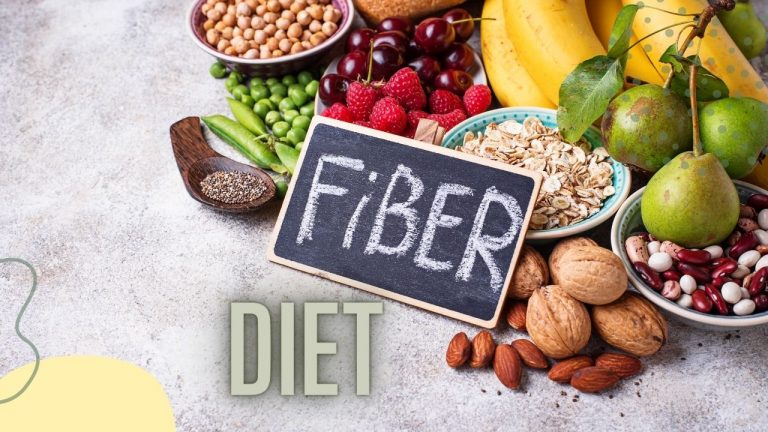
Dietary fiber is an important nutrient that most people don’t get enough of. Adding more fiber to your diet is easy and only requires a few simple lifestyle changes. Here are four ways to add more fiber to your diet:
- Eat more fruits and vegetables. Fruits and vegetables are rich sources of dietary fiber. Aim to fill half of your plate with fruits and vegetables at each meal.
- Choose whole-grain foods. When grocery shopping, look for products that list whole grains as the first ingredient. Some good options include whole-wheat bread, oatmeal, and brown rice.
- Add beans to your diet. Beans are an excellent source of both soluble and insoluble fiber. They can be added to a variety of dishes, or eaten on their own as a side dish or in a salad.
- Snack on nuts and seeds. Nuts and seeds are good sources of fiber, as well as healthy fats and minerals. They make a great portable snack to take on the go.
Recipes that are high in fiber
If you’re looking for some high-fiber recipes to add to your diet, here are a few ideas:
-Black Bean Brownies: These brownies are made with black beans, which makes them a good source of fiber.
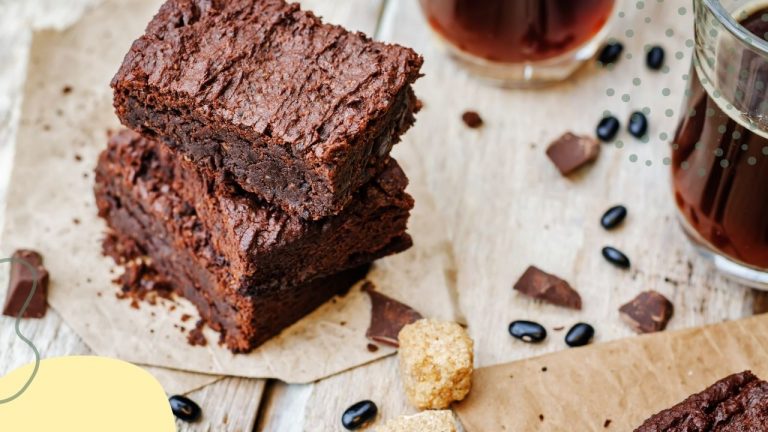
-Vegetarian Chili: This chili is packed with vegetables and beans, making it a hearty and fiber-rich meal.
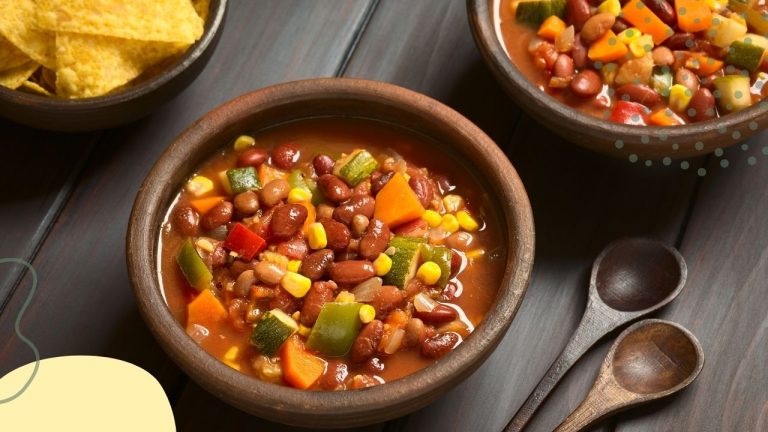
-Fruit and Nut Bars: These bars are made with whole-wheat flour and contain a variety of nuts, which makes them a good source of fiber.
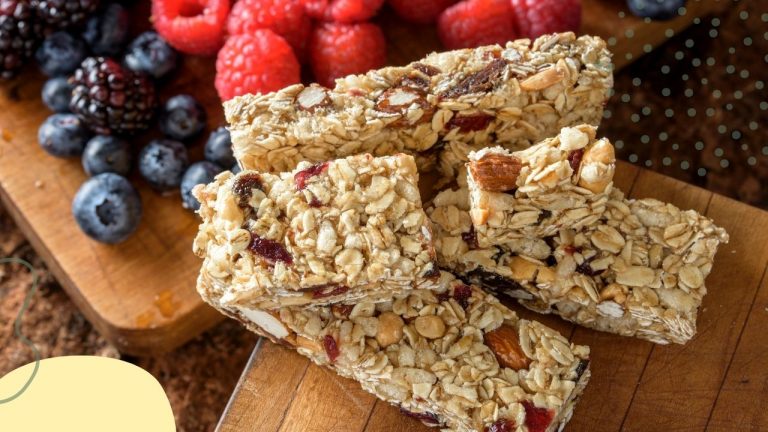
-Oatmeal Chocolate Chip Cookies: These cookies are made with whole-wheat flour and oats, which makes them a good source of fiber.

-Zucchini Bread: This bread is made with whole-wheat flour and zucchini, which makes it a good source of fiber.

– Quinoa Salad: This salad is made with quinoa, which is a high-fiber grain. It’s also packed with vegetables, making it a healthy and filling meal.
The benefits of adding fiber to your diet
Adding fiber to your diet has a number of benefits. Fiber helps to keep you regular, and it can also help to lower cholesterol levels and prevent heart disease. Fiber is found in a variety of foods, including fruits, vegetables, whole grains, and beans. One easy way to add more fiber to your diet is to eat a bowl of oatmeal for breakfast. Oatmeal is a whole grain that is packed with fiber, and it can easily be topped with fruit or nuts for an extra boost of nutrition. Adding just a little bit of fiber to your diet can make a big difference in your health.
FAQS on How to Add Fiber to Your Diet
Adding fiber to your diet is a great way to improve your overall health. However, many people have questions about how to do it. Here are some of the most common questions about adding fiber to your diet:
How much fiber should I eat?
The amount of fiber you need depends on your age, sex, and level of activity. The average adult needs about 25 grams of fiber per day. However, active adults may need more, and sedentary adults may need less.
What are the best sources of fiber?
There are two types of fiber: soluble and insoluble. Soluble fiber dissolves in water and helps to regulate digestion. Good sources of soluble fiber include oats, beans, and fruits. Insoluble fiber does not dissolve in water and helps to add bulk to the stool. Good sources of insoluble fiber include wheat bran, vegetables, and whole grains.
Can I get too much fiber?
It is possible to get too much fiber. If you eat too much fiber at once, you may experience digestive discomfort, such as bloating or gas. If you add fiber to your diet gradually, you can avoid these side effects.
Conclusion
Adding fiber to your diet is a great way to improve your digestion and overall health. There are many different ways to add fiber to your diet, so find one that works best for you and stick with it!

